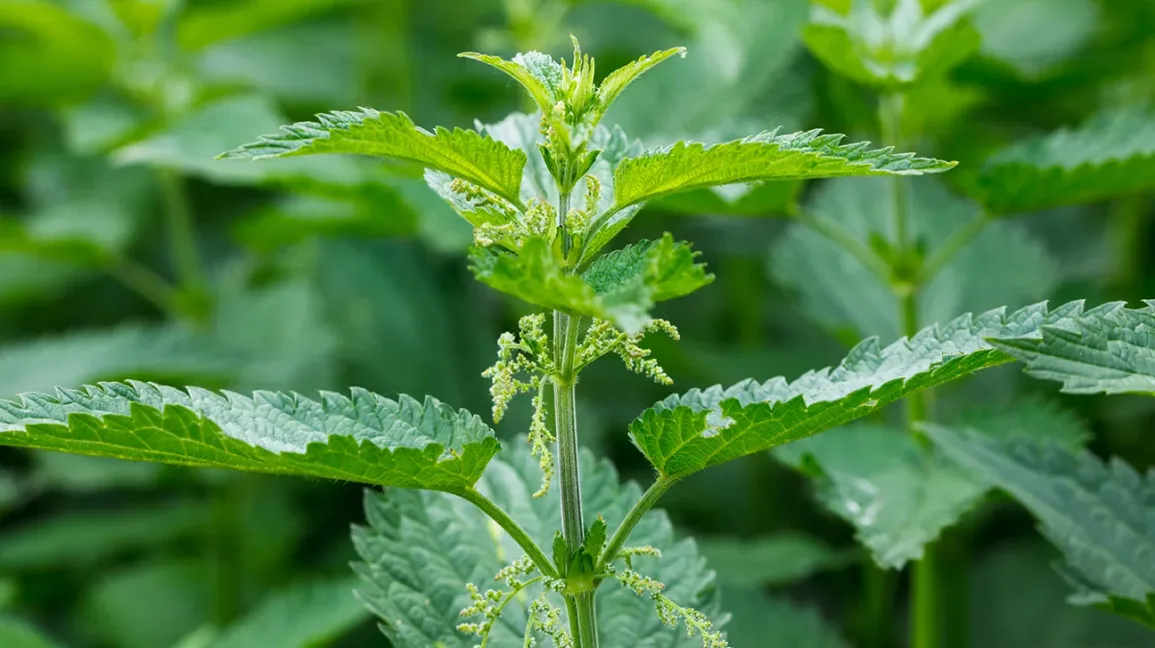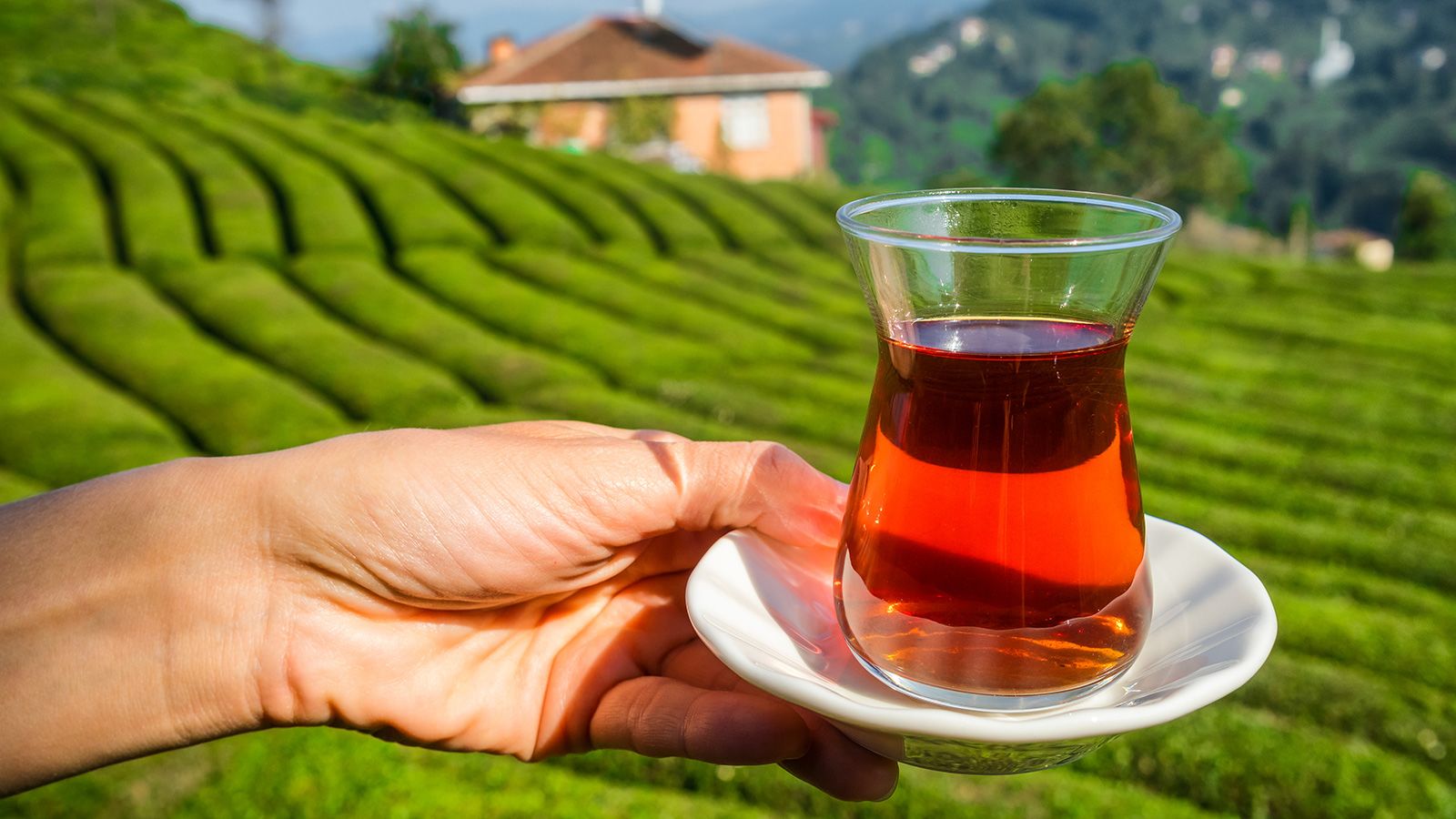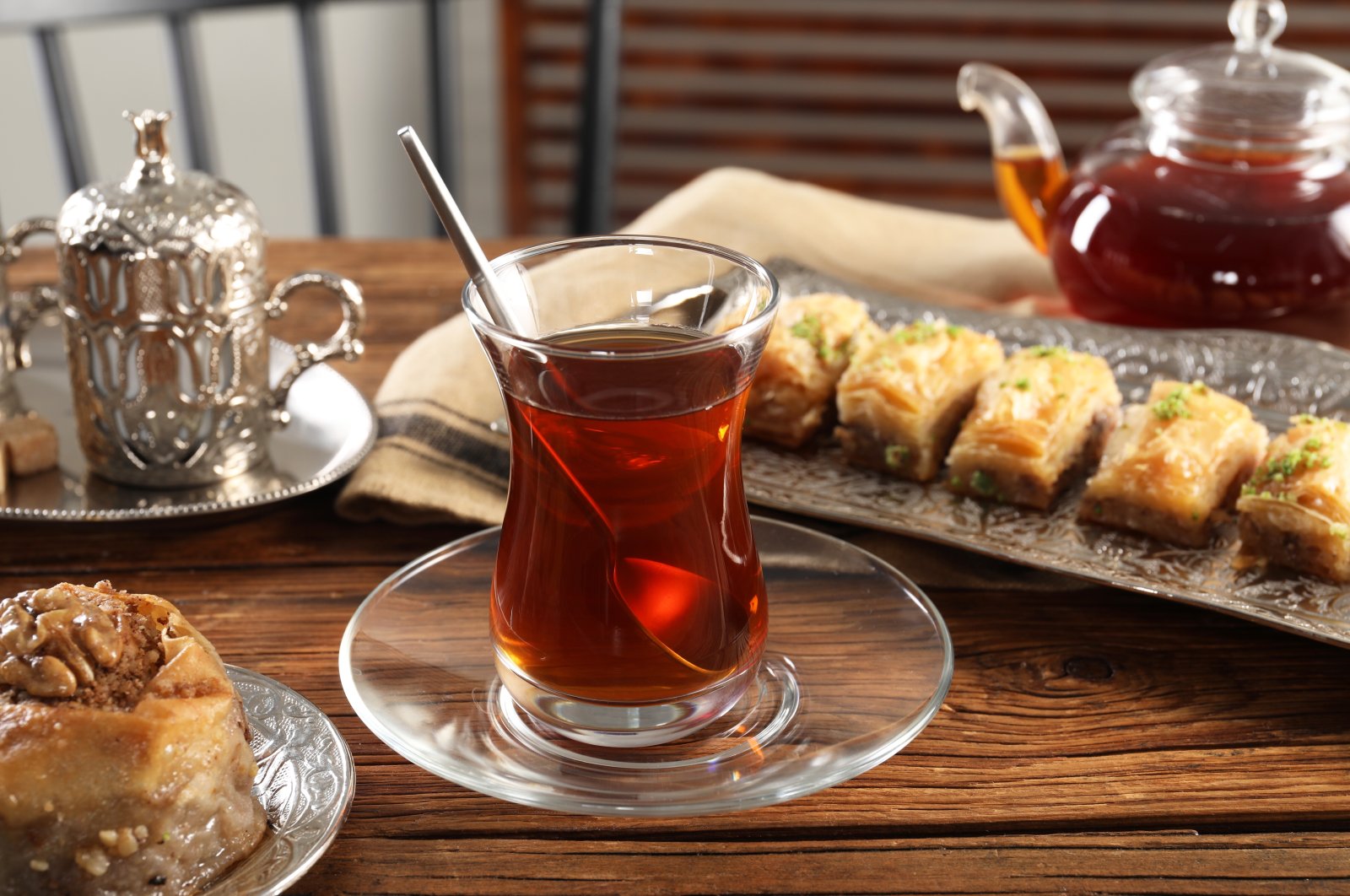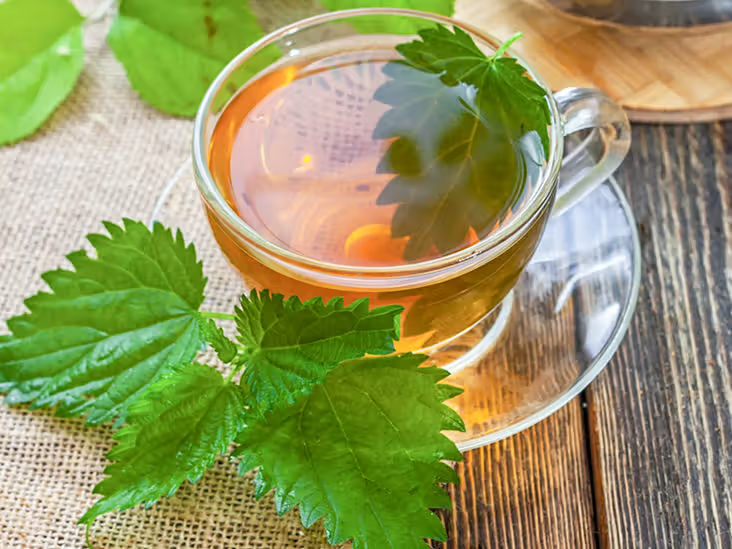Nettle Tea and Blood Pressure Medications
Nettle tea can interact with several common medications, particularly those used for managing blood pressure. Here’s how it may affect these medications: Interaction with Blood Pressure Medications Precautions Conclusion While nettle tea may offer health benefits, its interaction with blood pressure medications necessitates caution. Patients should discuss any herbal supplements, including nettle tea, with their […]





